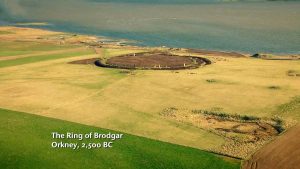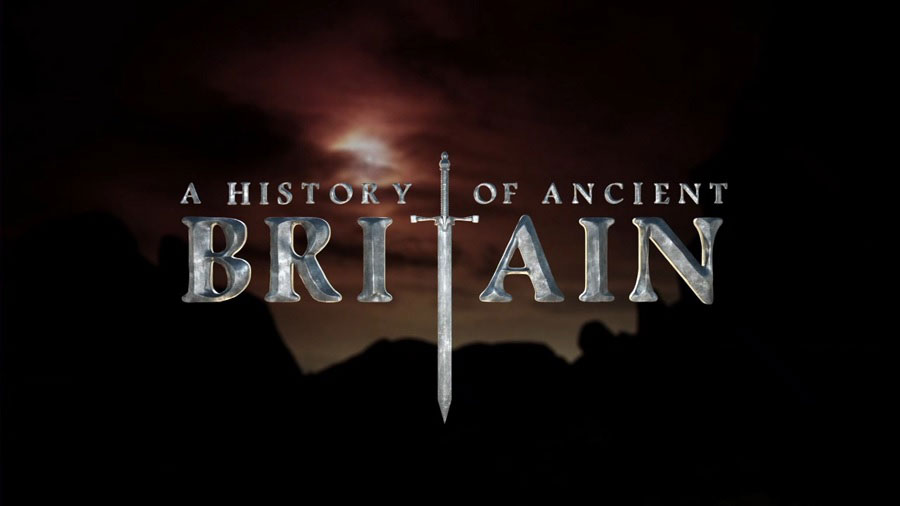A History of Ancient Britain episode 3: Neil Oliver continues his journey through the world of Ancient Britain as he encounters an age of cosmological priests and some of the greatest monuments of the Stone Age, including Stonehenge itself. This is a time of elite travellers, who were inventing the very idea of Heaven itself.
A History Of Ancient Britain will turn the spotlight onto the very beginning of Britain’s story. From the last retreat of the glaciers 12,000 years ago, until the departure of the Roman Empire in the Fifth Century AD this epic series will reveal how and why these islands and nations of ours developed as they did and why we have become the people we are today.
A History of Ancient Britain episode 3
Stone Age
The Stone Age was a broad prehistoric period during which stone was widely used to make implements with an edge, a point, or a percussion surface. The period lasted roughly 3.4 million years and ended between 8700 BCE and 2000 BCE with the advent of metalworking.
Stone Age artifacts include tools used by modern humans and by their predecessor species in the genus Homo, and possibly by the earlier partly contemporaneous genera Australopithecus and Paranthropus. Bone tools were used during this period as well but are rarely preserved in the archaeological record. The Stone Age is further subdivided by the types of stone tools in use.

The Stone Age is contemporaneous with the evolution of the genus Homo, the only exception possibly being the early Stone Age, when species prior to Homo may have manufactured tools. According to the age and location of the current evidence, the cradle of the genus is the East African Rift System, especially toward the north in Ethiopia, where it is bordered by grasslands. The closest relative among the other living primates, the genus Pan, represents a branch that continued on in the deep forest, where the primates evolved. The rift served as a conduit for movement into southern Africa and also north down the Nile into North Africa and through the continuation of the rift in the Levant to the vast grasslands of Asia.
Starting from about 4 million years ago (mya) a single biome established itself from South Africa through the rift, North Africa, and across Asia to modern China, which has been called “transcontinental ‘savannahstan'” recently. Starting in the grasslands of the rift, Homo erectus, the predecessor of modern humans, found an ecological niche as a tool-maker and developed a dependence on it, becoming a “tool equipped savanna dweller”
Stonehenge
Stonehenge is a prehistoric monument in Wiltshire, England, 3 km west of Amesbury. It consists of a ring of standing stones, each around 4.0 m high, 2.1 m wide, and weighing around 25 tons. The stones are set within earthworks in the middle of the most dense complex of Neolithic and Bronze Age monuments in England, including several hundred tumuli (burial mounds).
Archaeologists believe it was constructed from 3000 BC to 2000 BC. The surrounding circular earth bank and ditch, which constitute the earliest phase of the monument, have been dated to about 3100 BC. Radiocarbon dating suggests that the first bluestones were raised between 2400 and 2200 BC, although they may have been at the site as early as 3000 BC.




